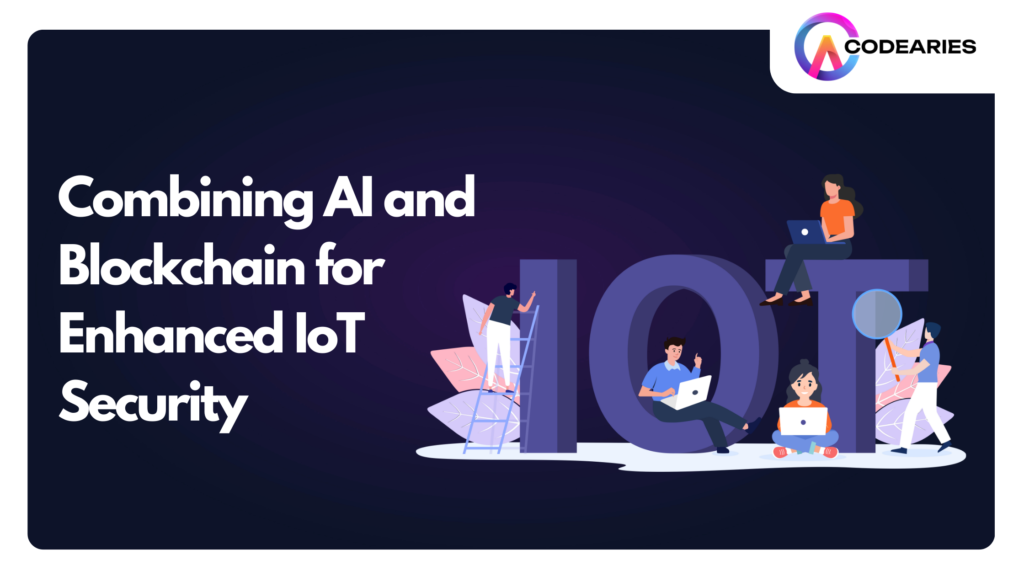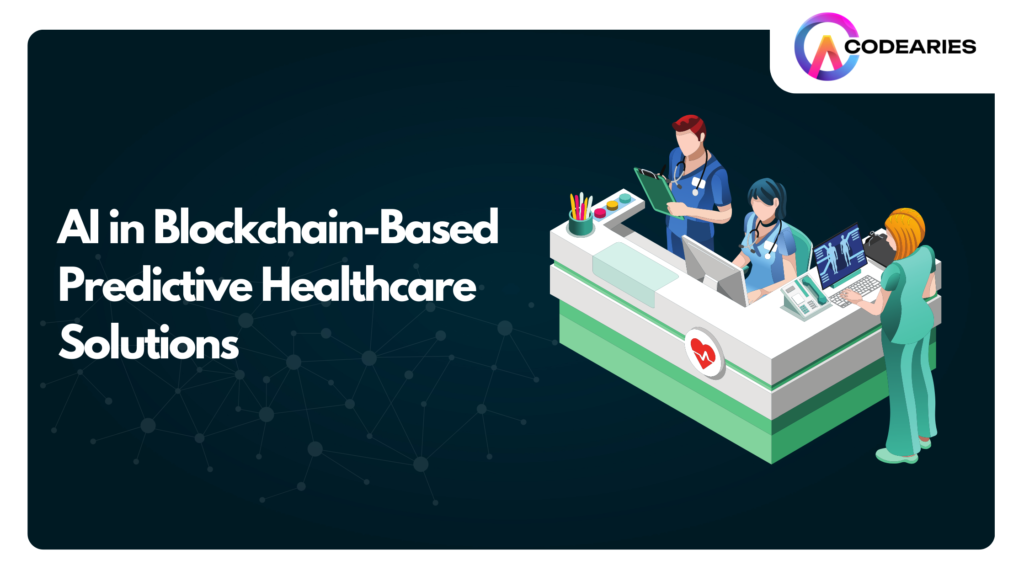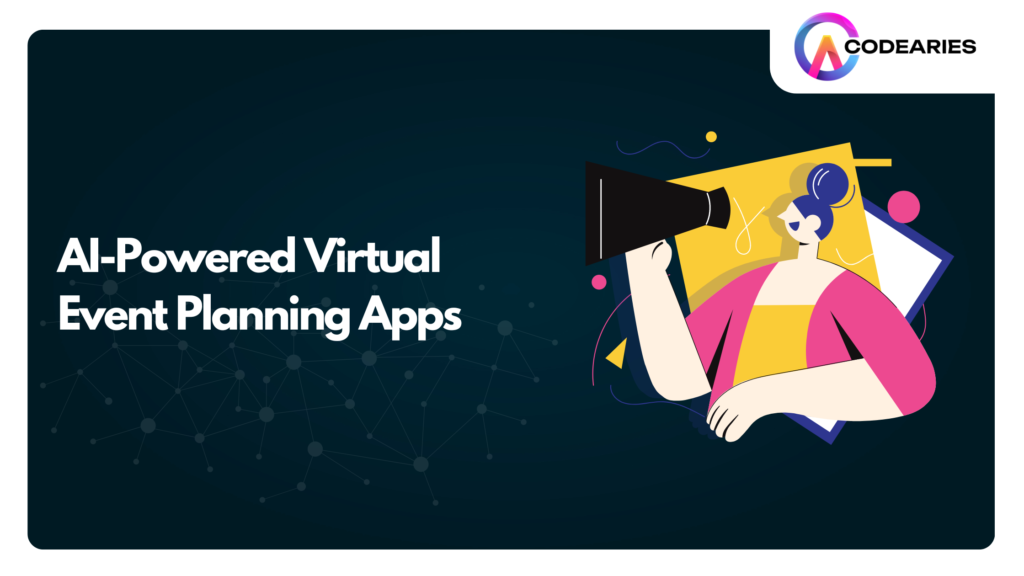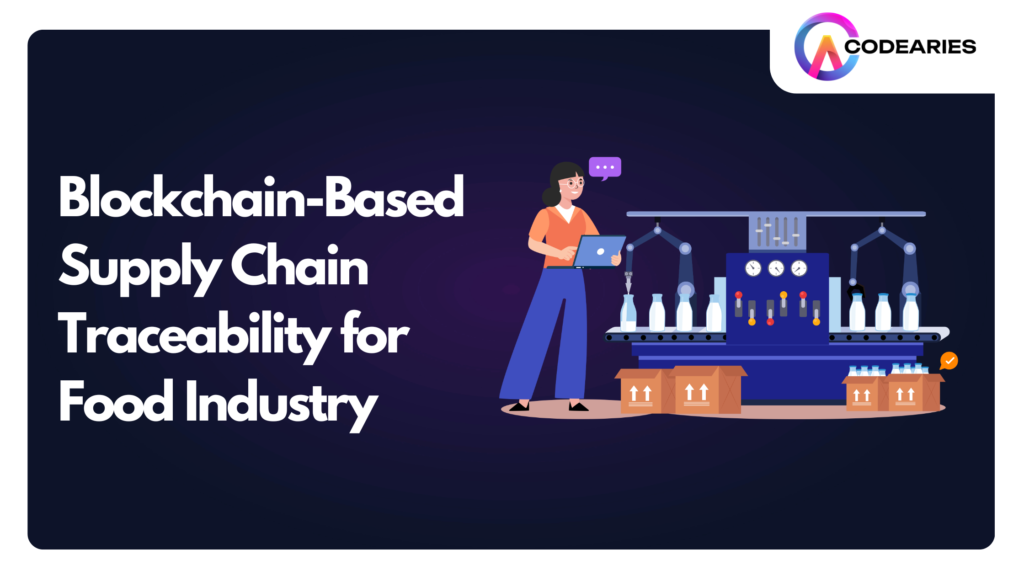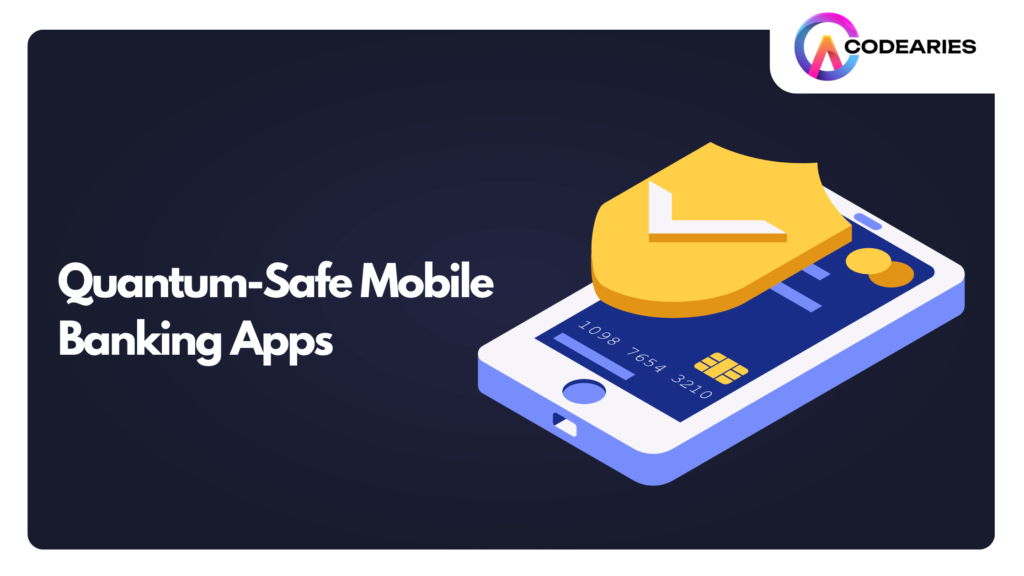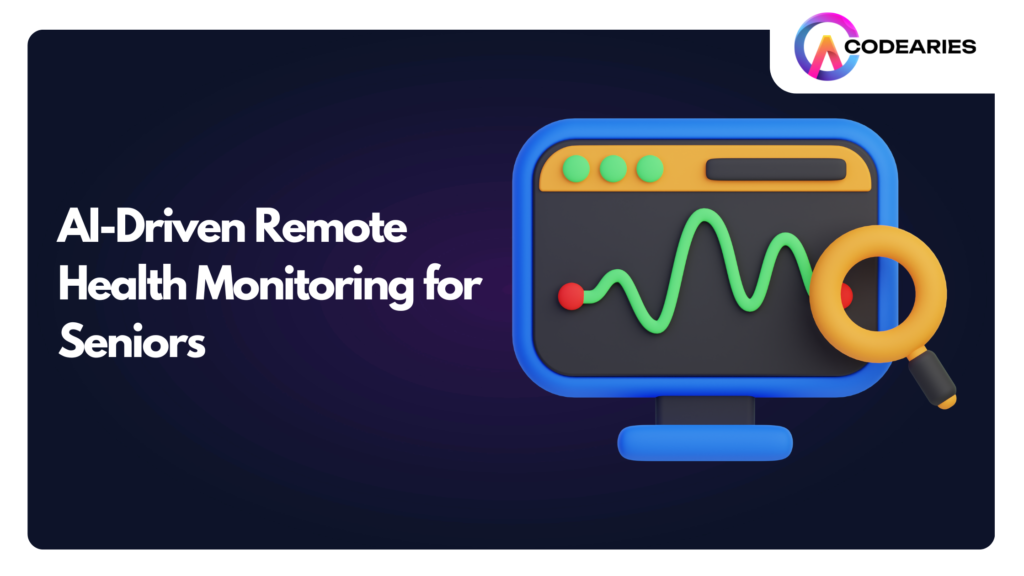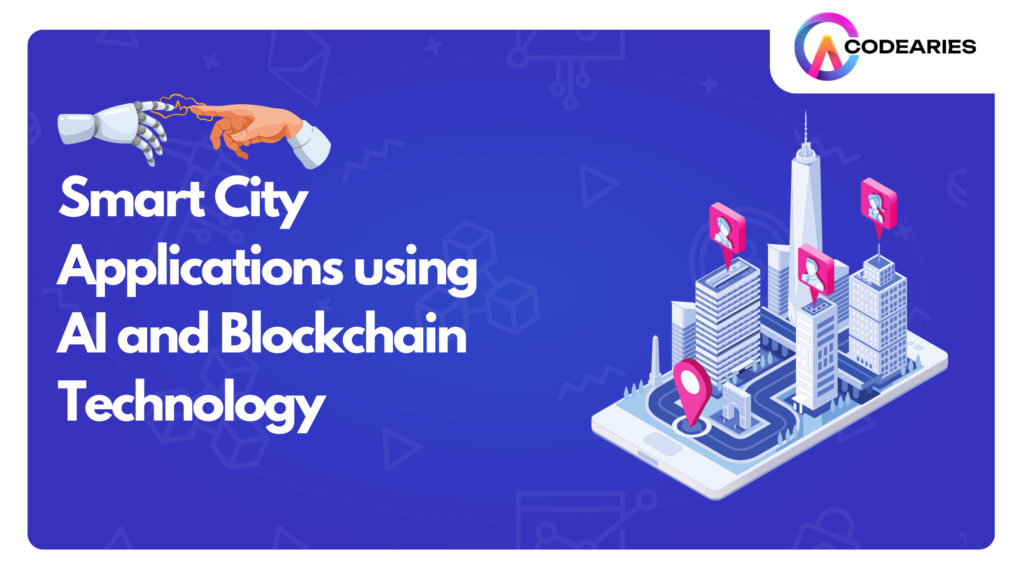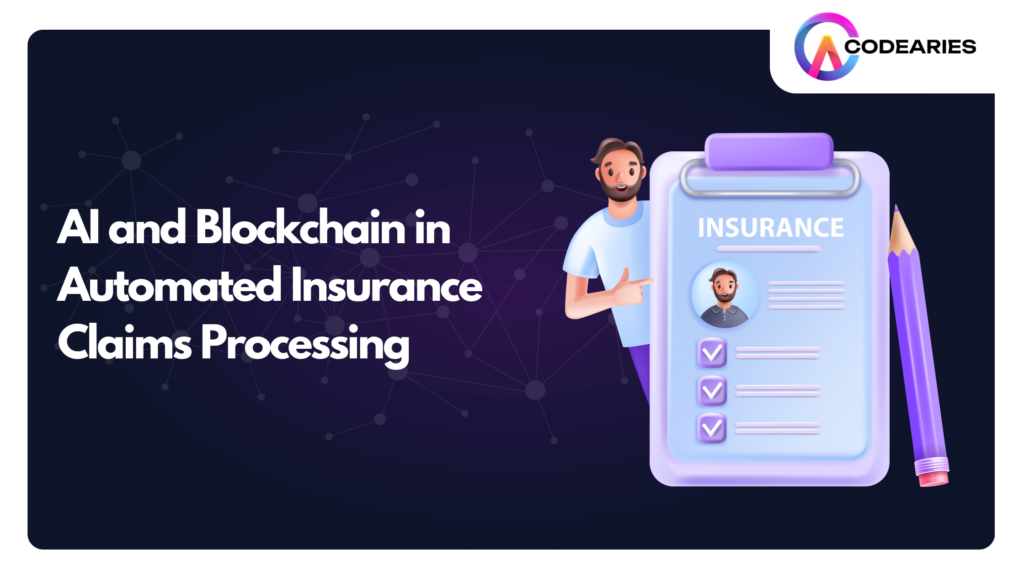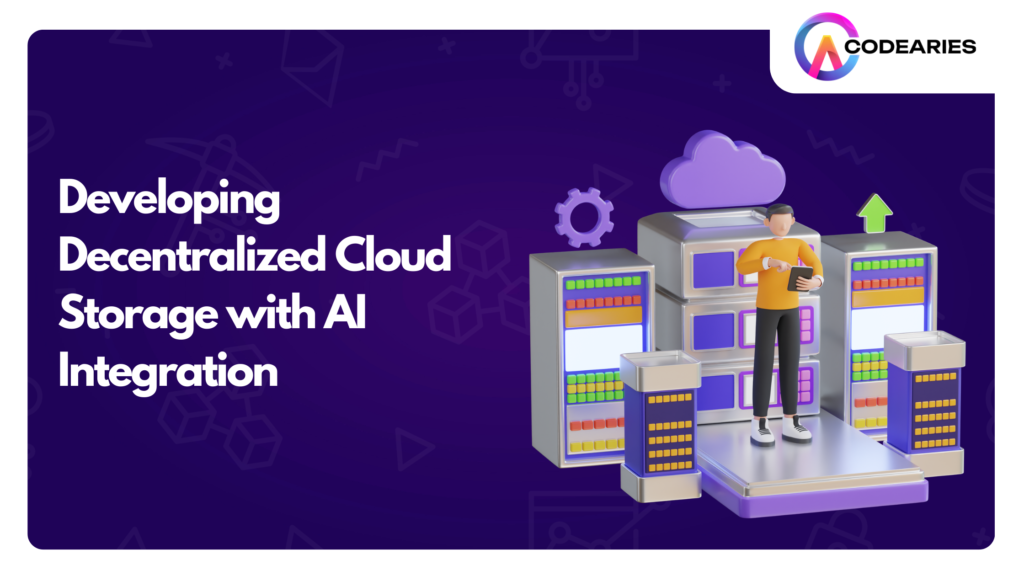Combining AI and Blockchain for Enhanced IoT Security
The swift proliferation of IoT devices—from smart home gadgets to industrial monitoring systems—has brought forth a host of security challenges. These devices are prime targets for cyberattacks, and their interconnected nature amplifies their vulnerability. Common issues such as weak passwords, outdated software, and insufficient encryption create significant risks. A major hurdle is that many IoT devices operate in settings where conventional security protocols are difficult to implement. With millions of endpoints requiring protection, centralized security approaches often fall short. Additionally, privacy concerns loom large, as IoT devices frequently gather and transmit sensitive information. If this data is compromised, the consequences can be severe, leading to substantial breaches and loss of trust. Advanced technologies like artificial intelligence (AI) and blockchain can significantly bolster IoT security. This powerful combination addresses critical challenges, enhancing the safety and integrity of IoT devices and the sensitive data they handle. Understanding the Basics of IoT What is IoT? The Internet of Things encompasses the network of interconnected devices that communicate over the internet, facilitating data collection and exchange. This network includes a variety of physical objects—ranging from appliances to vehicles—equipped with sensors and software that enable interaction. Key Components of IoT Systems An IoT ecosystem generally comprises sensors that gather data, processors that analyze this information, and communication networks that relay data between devices. The cloud is pivotal for managing and storing the vast volumes of data generated by IoT devices. Growth and Importance of IoT The IoT is anticipated to connect billions of devices worldwide, influencing sectors such as healthcare, manufacturing, transportation, and smart city initiatives. As these networks expand, the urgency for robust security measures intensifies to protect these crucial systems. The global IoT security market size is projected to grow from USD 24.2 billion in 2024 to USD 56.2 billion by 2029 at a Compound Annual Growth Rate (CAGR) of 18.45% during the forecast period. Key IoT Security Concerns Data Privacy and Unauthorized Access The continuous exchange of data among IoT devices raises significant privacy concerns. Unauthorized access can lead to serious breaches of confidential information.Device Vulnerability to Hacking Many IoT devices are inadequately secured, making them attractive targets for cybercriminals. Devices lacking regular updates or strong encryption are especially at risk.Network Scalability Challenges As IoT networks expand, ensuring security across an increasing number of connected devices becomes more complex, leading to scalability issues that necessitate advanced solutions.Real-time Data Threats and Risks IoT systems frequently depend on real-time data, making them vulnerable to disruptions that could jeopardize safety, particularly in critical areas like healthcare and transportation. AI in IoT Security: A Dynamic Defense Artificial intelligence is transforming IoT security by offering advanced threat detection and mitigation tools. Its capacity to analyze vast amounts of data quickly enables real-time monitoring of networks. Through machine learning, AI systems can swiftly identify anomalies in network traffic that may indicate security threats, such as malware or unauthorized access. This proactive approach enhances overall security and addresses vulnerabilities before they can be exploited. How AI Strengthens IoT Security Real-Time Threat Detection: AI algorithms can swiftly analyze data streams from IoT devices, pinpointing anomalies and potential threats that might otherwise go undetected. Anomaly Recognition: By establishing baseline behavior patterns, AI can identify unusual activities, such as irregular network traffic or device actions, signaling a possible security breach. Proactive Threat Mitigation: AI systems can forecast potential attacks by analyzing historical data and identifying emerging trends, allowing organizations to act before threats materialize. Smart Access Management: AI enhances access control by monitoring user behaviors, quickly spotting unauthorized or suspicious actions. Automated Incident Management: AI can streamline the response to security incidents, dramatically reducing the time needed to contain threats and limit damage. Vulnerability Identification: AI tools can assess IoT devices and networks for vulnerabilities, facilitating timely updates and security measures. Blockchain in IoT Security Decentralization is a key advantage of blockchain in IoT applications. By distributing data across a network of nodes instead of relying on a single centralized server, blockchain enhances data integrity and resilience. This approach significantly lowers the risk of cyberattacks, such as Distributed Denial of Service (DDoS) attacks, which frequently target IoT systems, making networks more secure and reliable. Blockchain Use Cases in IoT Security Supply Chain Management: Blockchain technology can enhance transparency by tracking product movements throughout the supply chain, ensuring authenticity and reducing the risk of counterfeiting.Healthcare: By securing patient data and medical records, blockchain protects sensitive information from unauthorized access, ensuring privacy and compliance with regulations.Smart Grids: Blockchain facilitates secure and transparent energy transactions, minimizing fraud risks and promoting fair pricing across the energy market.Industrial IoT: In industrial settings, blockchain can oversee and track processes, safeguarding against unauthorized access while maintaining data integrity and reliability. Tackling IoT Security Threats with AI and Blockchain Defending Against DDoS Attacks AI Pattern Recognition: AI algorithms can analyze network traffic in real-time, spotting anomalies that signal potential DDoS attacks. Early detection helps mitigate their effects before they escalate. Blockchain’s Resilience: The decentralized structure of blockchain enhances resistance to DDoS attacks. Even if some nodes are compromised, the network continues to operate smoothly. Securing IoT Devices Blockchain for Device Authentication: By creating unique digital identities for each IoT device, blockchain prevents unauthorized access and ensures only legitimate devices can connect to the network. AI Monitoring: AI can continuously track device behavior, flagging unusual activity that may indicate security breaches, such as malware infections or unauthorized access attempts. Scalability Solutions for IoT Networks Blockchain Scalability Innovations: While blockchain faces challenges with increasing transactions, advancements like sharding and sidechains are enhancing its scalability. AI Optimization: AI can optimize IoT networks by managing traffic flow and resources, helping to identify and resolve bottlenecks, ensuring efficiency as the network grows. Real-World Applications of AI and Blockchain in IoT Security Smart Cities and Infrastructure Smart Grid Security in Dubai: The City of Dubai is implementing an AI-driven smart grid that utilizes blockchain to secure energy transactions. This system can proactively detect and thwart cyberattacks, ensuring a reliable power supply. Seoul’s Urban IoT Security: Seoul

